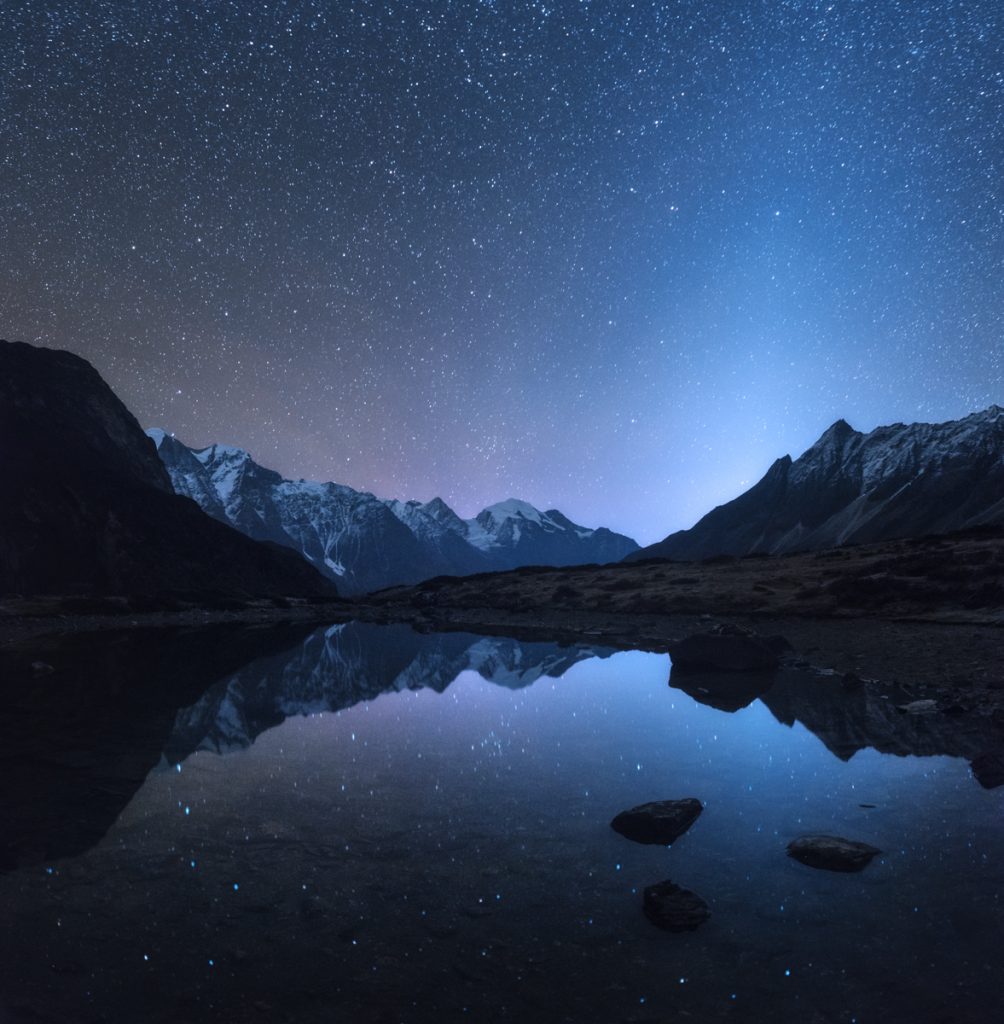Winter Solstice & New Beginnings

Marking the shortest day and longest night of the year, winter solstice (21 June) symbolises the turning point towards light and renewal, inviting reflection and rest during the colder months – helping us to slow down.
Here in Aotearoa New Zealand both the winter solstice and Matariki play important roles in supporting our wellbeing by connecting us to nature, culture, and community. Matariki, the Māori New Year, is celebrated when the Matariki star cluster reappears in the winter sky. It is a time to remember loved ones who have passed, celebrate the present, and plan for the future.
Gathering together for kai, storytelling, and ceremony fosters a sense of belonging and intergenerational connection. By honouring Matariki and the natural rhythms of the earth, we are taking the time to foster and nurture cultural identity and holistic wellbeing as we balance the mind, body, and spirit through rest, reflection, and reconnection.
Did you know …
Matariki is visible to the naked eye from many different parts of the world, and is known by many different names. In Greek, and widely used in English-speaking countries, it is called Pleiades. In Japan, it is called Subaru, which means ‘to come together’ and in China it is Mao, the hairy head of the white tiger!
How to see Matariki for yourself
When Matariki rises during midwinter (June/July), look towards the eastern horizon before the sun rises, and follow these steps to find Matariki …
Find three bright stars in a line. Māori call these stars Tautoru; they are also known as Orion’s Belt.
Next, trace to the left of Tautoru until you come to a group of stars that look like a pyramid. This is Te Kokotā.
Finally, if you look to the left of Te Kokotā you will see Matariki.

